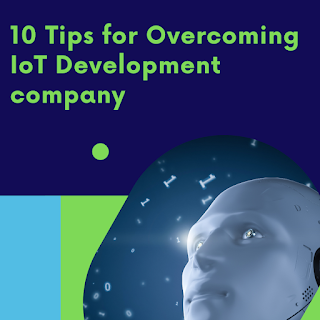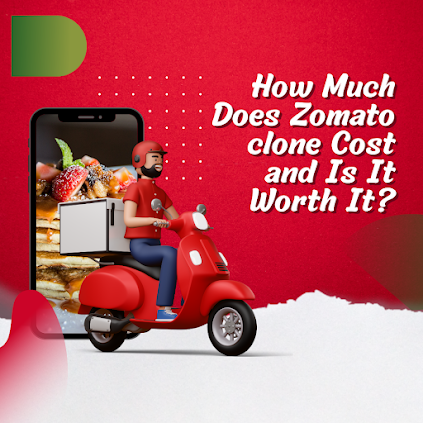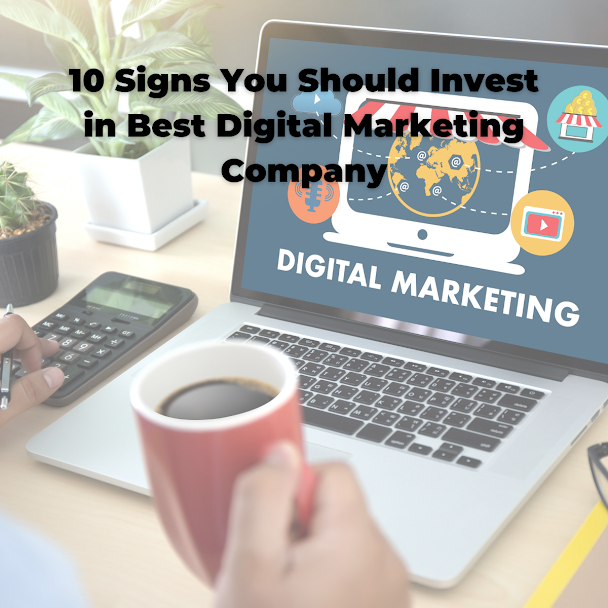We are discussing 13 Things About the Best Ui Ux Design Company You May Not Have Known
2. The process of designing a user interface or user experience is not a one-time event. It is an ongoing process that requires constant iteration and testing to ensure that the design is meeting the needs of the users.
3. A good UI/UX design company will take the time to thoroughly research and understand the target audience for a project. This includes conducting user interviews, surveys, and usability testing to gather valuable insights.
4. The design of a user interface should be based on user-centered principles, meaning that it should be designed with the user in mind, rather than the company or developer.
5. A good UI/UX design company will have a deep understanding of the latest design trends and technologies, such as responsive design, material design, and virtual and augmented reality.
6. The design of a user interface should be simple and intuitive, making it easy for users to navigate and find the information they need.
7. A good UI/UX design company will pay close attention to the details, such as typography, color, and spacing, to ensure that the design is visually pleasing and easy to read.
8. A good UI/UX design company will have a strong understanding of accessibility, ensuring that the design is inclusive for users with disabilities.
9. The design of a user interface should be flexible and scalable, allowing for easy updates and changes as needed.
10. A good UI/UX design company will have a thorough understanding of the user flow, ensuring that the design guides users through the process in an efficient and logical manner.
11. A good UI/UX design company will have a strong understanding of the technical limitations and possibilities of the platform on which the design will be implemented.
12. A good UI/UX design company will have a strong portfolio of past work, demonstrating their experience and expertise in designing for a wide range of industries and platforms.
13. A good UI/UX design company will have a strong understanding of the business objectives and goals of a project, ensuring that the design aligns with these goals and helps to drive conversions and engagement.
In summary, a good UI/UX design company will have a diverse team of designers, developers, and researchers, who are dedicated to the ongoing process of designing a user interface or user experience. They will conduct thorough research to understand their target audience and design with user-centered principles in mind. They will have a deep understanding of the latest design trends, technologies, and accessibility. They will pay attention to details, have a strong understanding of user flow, platform limitations, and possibilities, have a strong portfolio and align the design with business objectives and goals.




.png)




